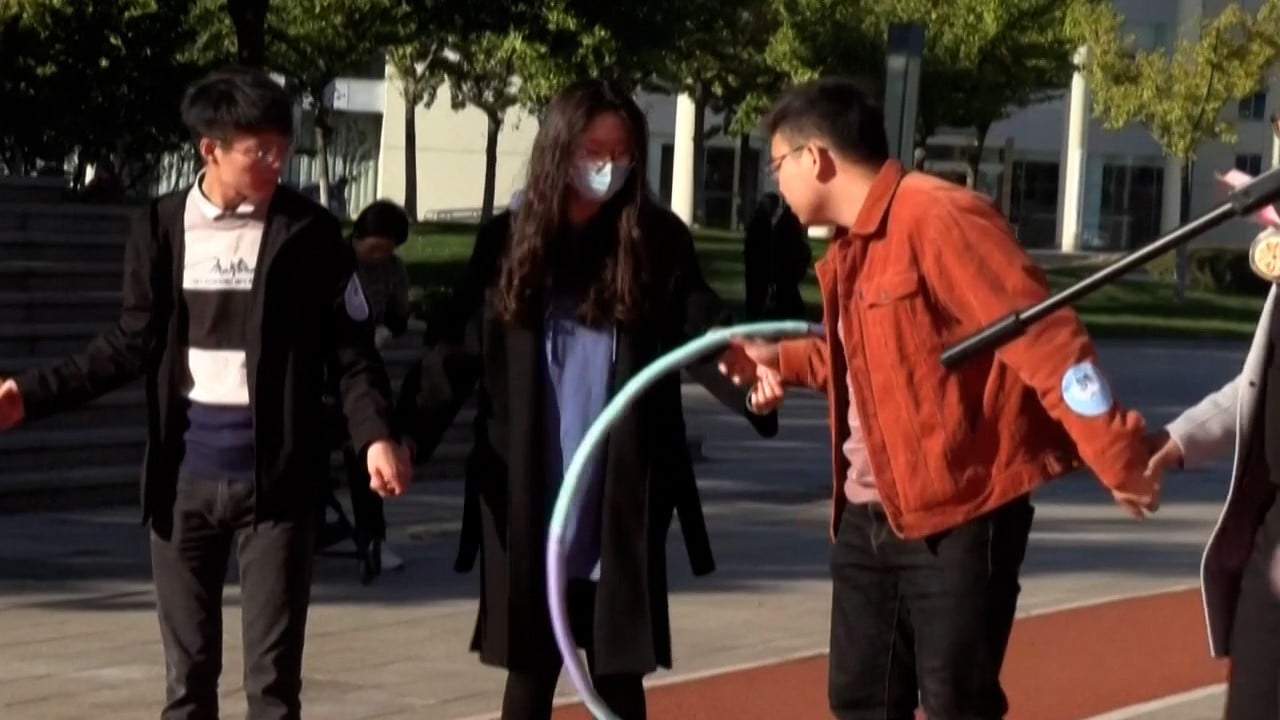
China population: rust-belt province Heilongjiang unveils plan to halt exodus of residents, boost births
- Heilongjiang’s population has plummeted by 16 per cent, or 6.46 million, from a decade ago, according to data from China’s 2020 census
- The provincial government has promised to promote Beijing’s three-child policy and launch incentives for couples to have children
One of China’s key farming provinces is stepping up efforts to halt a decline in its population, which the local government says is hindering economic development.
Pressure is growing on Heilongjiang in China’s northeastern rust belt as its population has plummeted by 16 per cent, or 6.46 million, from a decade ago, according to data from the 2020 census.
At a meeting chaired by provincial party secretary Xu Qin, the province’s population problem was labelled “a strategic issue” hindering “revitalisation and development”, according to a statement published in the local government-owned Heilongjiang Daily on Tuesday.
Authorities pledged to formulate a long-term plan to address the province’s population and its connection with economic and social development.
Supporting local businesses and boosting employment would create “stability” and “fundamentally solve the outflow of residents”, the statement said.
It also promised to advocate for “age-appropriate marriage and childbirth”.
The Chinese government has not outlined what age is appropriate for people to wed or have children, but it has been stressing the importance of traditional family values and the idea of multi-child families.
China’s economy is facing multiple challenges as a result of demographic changes.
Why are Chinese millennials choosing not to have kids?
“In the context of the strategic competition between the US and China, the risks of having a China-centric global supply chain makes youthful Asia particularly appealing,” said Natixis last week.
“Being able to offer enough qualified workers is essential for capital intensive manufacturing, such as the semiconductor industry. Labour laws as well as regulations to attract foreign direct investment are also important.”
China scrapped its decades-old one-child policy in 2016, allowing couples to have two kids, although it failed to lead to a sustained increase in births.
The government increased the limit to three children in May last year after the seventh national census revealed Chinese mothers gave birth to just 12 million babies in 2020, down from 14.65 million in 2019.
The population of China’s three northeastern rust-belt provinces – Heilongjiang, Jilin and Liaoning – grew in 2020, but was down sharply from a decade ago. Some of the cities in the region lost more than 30 per cent of their population compared to 2010.
Heilongjiang’s birth rate has been declining and is now among the lowest in China, hitting a record low of 3.74 births per 1,000 people in 2020 from 9.43 births per 1,000 people two decades earlier, according to data from the local government.
The average national birth rate was 8.52 in 2020, according to the National Bureau of Statistics, with the figure falling to a record low of 7.52 births per 1,000 last year.
With autumn harvest looming, China’s farmers face a stark reality
A number of cities in Heilongjiang, including Mudanjiang in the southeast of the province, have cited poor economic conditions as the primary reason residents have left, particularly the younger generation.
“Due to the lack of employment opportunities and low income, the region has long faced the problem of population outflow,” said the Mudanjiang government in its proposal for the 14th five-year plan last year.
“The population outflow is mainly young people with hi-tech qualifications … and the non-agricultural population accounts for a very high proportion [of residents leaving].
“This has contributed to the lack of necessary industrial workers and innovative talent in the region.”
Hegang, once a coal-rich city in northern Heilongjiang, has been battling an economic slowdown and dwindling population in recent years, too.



